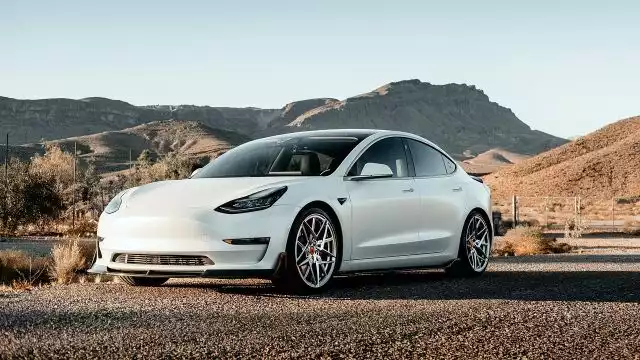Here’s How Tesla’s Latest FSD Version Works In The Real World

Also, it’s worth noting that Tesla’s so-called “Full Self-Driving” still needs to be constantly supervised by the person behind the steering wheel and that it’s considered a Level 2 system on the SAE chart, meaning that the driver is responsible for what the car does on the road.
Tesla’s “Full Self-Driving” feature was introduced back in 2016 as an upgrade to the so-called “Auto-pilot,” assuring a globe where the car would shuttle its vehicle driver and passengers virtually anywhere without human intervention. That still hasn’t took place.
For starters, the most up to date version of Tesla’s monitored arrangement seems unable of dealing with unusual instances where other human motorists reduced in front of the car. It likewise “lacks confidence,” as the tester put it in the video clip installed at the top of this page, being reluctant to transform lanes although there was more than enough room.
It’s worth noting that Tesla’s so-called “Full Self-Driving” still requires to be continuously managed by the person behind the guiding wheel and that it’s thought about a Level 2 system on the SAE graph, implying that the vehicle driver is liable for what the vehicle does on the road.
The customer goes on to state that the previous version, 12.3, was far more human-like in its responses, whereas 12.4 appears much more hesitant. Things can improve as software program developers find smart methods to handle more and more circumstances, yet as it stands currently, it’s unlikely that a driverless robotaxi would be released when driving making use of the existing software program.
There’s been a lot of talk recently concerning Tesla transitioning from a vehicle business (albeit a tech-focused one) to an AI company. A big component of that discussion is the expected launch of a so-called Cybercab that will certainly utilize essentially the very same tech as the present “Complete Self-Driving” advanced driving assistance collection that’s offered on collection manufacturing Tesla EVs.
A video published late last week on YouTube by popular FSD tester AI DRIVR reveals the good and the poor with Tesla’s newest effort at making its vehicles potentially capable of self-driving. However, while variation 12.4.1 is much better in some areas contrasted to the 12.3 branch, it likewise needed more treatments from the vehicle driver– at the very least when it comes to the Version 3 that was used to examine the software.
In one circumstances, the auto missed out on a turn and then attempted to make the turn anyhow, causing a disengagement of the system. In numerous various other cases, FSD required human treatment to pass vehicles that were partially obstructing the lane or to proceed into an intersection because it misunderstood the traffic lights.
1 feature was introduced2 Full Self-Driving
3 pre-facelift Tesla Model
4 vehicle driver
« U.S. bans on gas-powered leaf blowers grow, as does blowback from landscaping industryWhat you need to know about about the great car dealer software hack »
